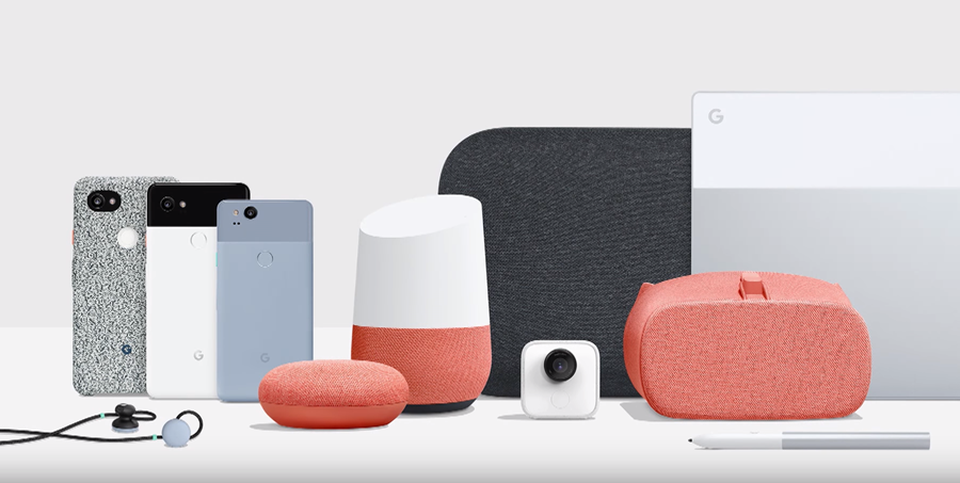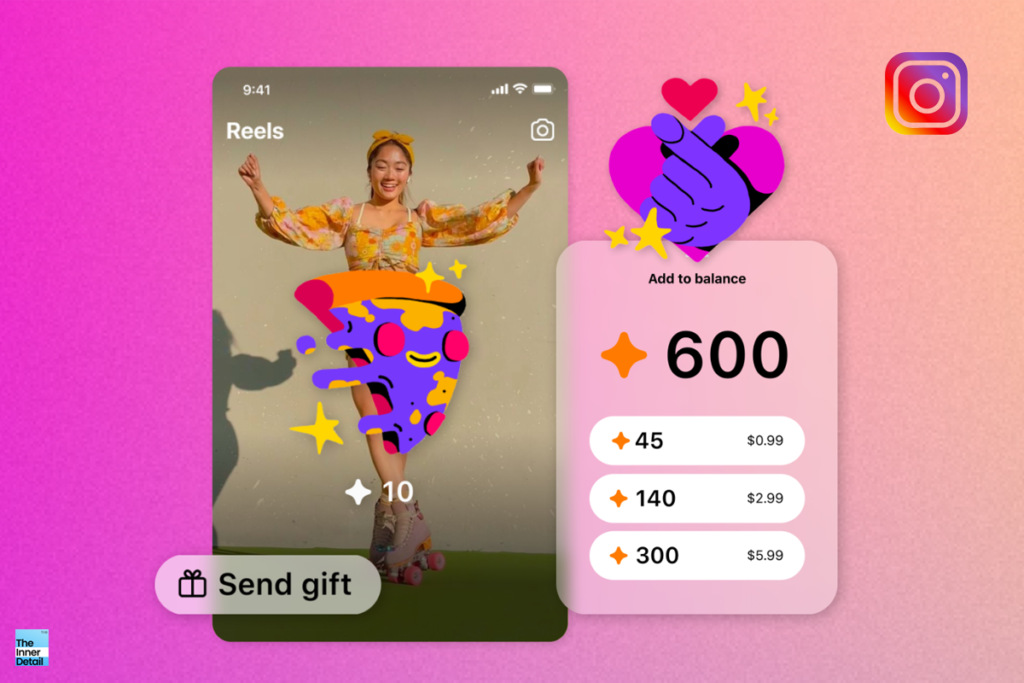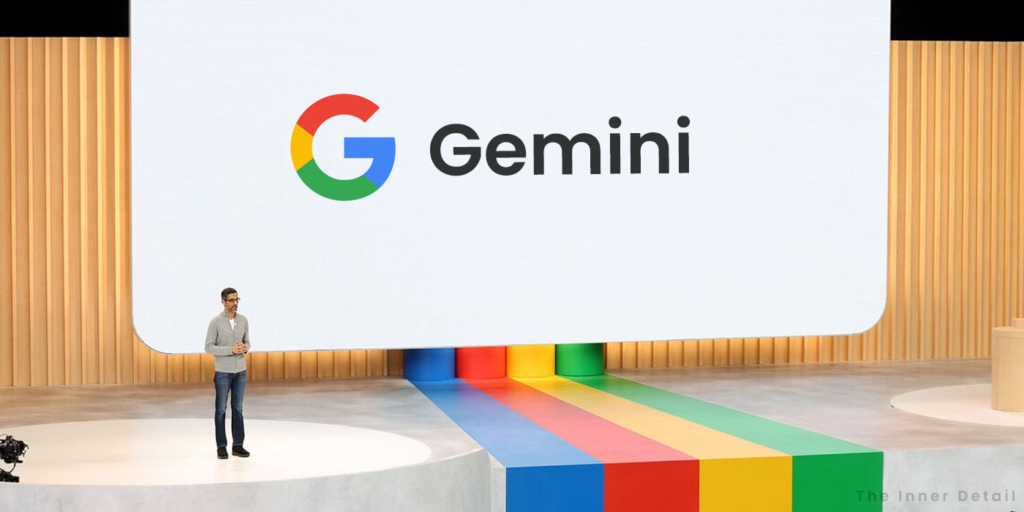What is a Smart Speaker?
Smart Speaker is just a speaker and voice command device that enables the users to interact with and manipulate it over voice controls by means of the inbuilt virtual assistant quirk. Smart Speakers get activated via ‘code word(s)’ or ‘hot words’, that varies depending on the brand. The speaker functions favorably as a smart device, utilizing Wi-Fi & Bluetooth for extending its accessibility beyond audio playback to the latest home automation features. The newest speakers also italicize a visual response of the command or playbacks or any notifications by way of a smart display screen.
Smart speakers are 21st century’s technological update, smoothing your life to the convenient or easiest. The voice recognition of the speaker authorizes the users for hands-free activation and controls of other smart devices, that have internet feasibility. You can just say “fans off”, and the speaker would turn off the fan. It’s simple, right?
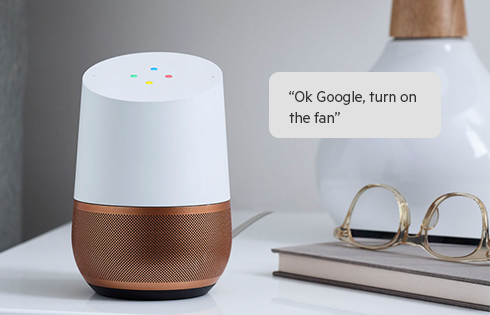
The wave of the speakers is widely increasing all over the world in less than 4 to 5 years of its advent. In fact, 16% of the Americans (39 million) own a smart speaker. Amazon Echo, Google Home, Apple Siri are the inflated vendors of the market.
Features of Smart Speakers
Smart speakers are considered as a control hub of the home, owing to its maneuverability of IoT devices, influencing the smart-home feature to a more user-friendly aspect. Smart speakers continuously listen to all talks of its users, monitoring for the wake word to be spoken to get activated, unless and until the microphone is turned off manually.
The smart sounders as well concurs compatibility across number of services and platforms, peer-peer connection through mesh networking, virtual assistants and others. The two-way interaction of the speakers and users and connectivity to the internet, eases the living lifestyle. Questions like “Who is Warren Buffet?” would give answers from the lines of the corresponding Wikipedia page in just few seconds in Amazon Echo.
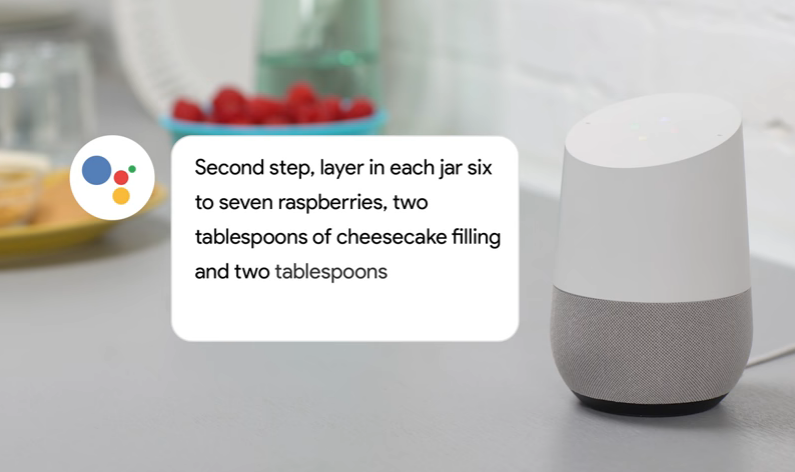
Functions of the latest speakers include hands-free calls over cellular networks. Accuracy tests of conversations with manifold speakers by a study of Stanford University revealed that the speakers responded good as 80%. However, it mismatched with black people’s ascent dropping from 80 to 65-70%.
The usability of the speakers and the consent to other services depends on the manufacturer brand.
Leading Smart Speakers
Google Home (Nest)
Google launched its first smart speaker ‘Google Home’ (now Google Nest) in November 2016 in US. Google Home comes with a visually appealing cylindrical design, wherein the top surface features colored status LEDs and touch controls to the music and volume. The speaker has a button behind, to turn off the microphone. Google as of 06/08/2020 had sold 52 million units of Nest.
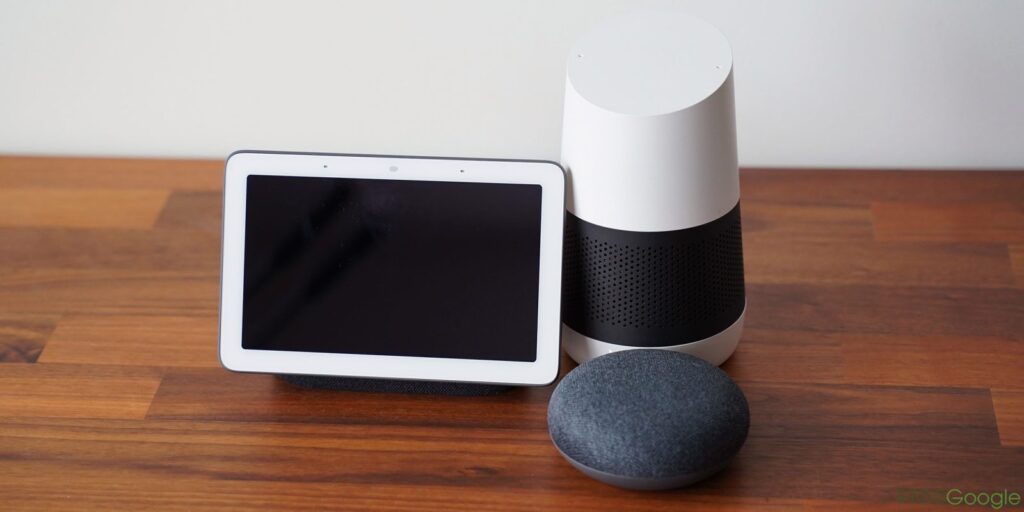
Google Nest uses the company’s virtual assistant, Google Assistant for its voice controls and interactions. With all the features of a smart speaker, Home extends its services and platforms to Google Play Music, Spotify and iHeartRadio for audio playbacks, Netflix, YouTube and Google Photos, Google Calendar & Google Keep for tasks, CNN, BBC, CNBC and The Wall Street Journal for live news updates, besides its bluetooth & Wi-Fi connectivity. Google Home had launched 6 models of speakers, so far till 6th August, 2020.
Smart Home features of the Google Home assents other devices for effortless controls, hence behaving as central hub of conduct. Home’s supported devices include Chromecast, and home automation services of Nest, SmartThings, Philips Hue, LIFX, Lightwave RF and Logitech Harmony.
Reports say that Google Nest would have ‘Prince’ as its code-word. As of now, Google uses ‘Hey Google’ & ‘OK Google’, as the code-words. Well, the recent updates of the Nest enable to have ‘Family Bell’ alarms, wherein a speaker in one room would call the speaker in another room by its name and delivers the message. Life is easy, it seems.
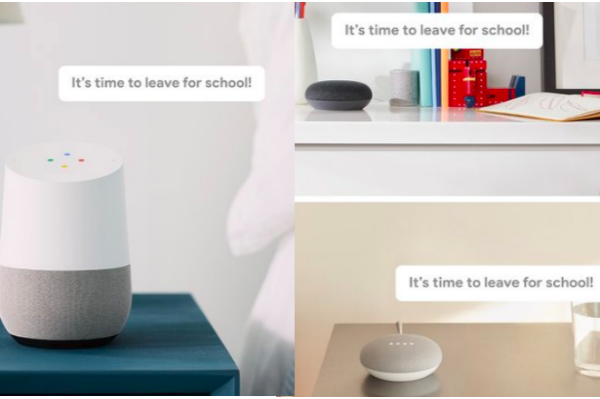
Voice controls of the speaker requires the users to have installed the Google Home app in the smartphone and impart a voice-training with the Google Assistant, before connecting to the speaker.
Amazon Echo
Amazon Echo was launched well back in November of 2014, where it first started as just a speaker and readability of its Amazon Kindle e-books.
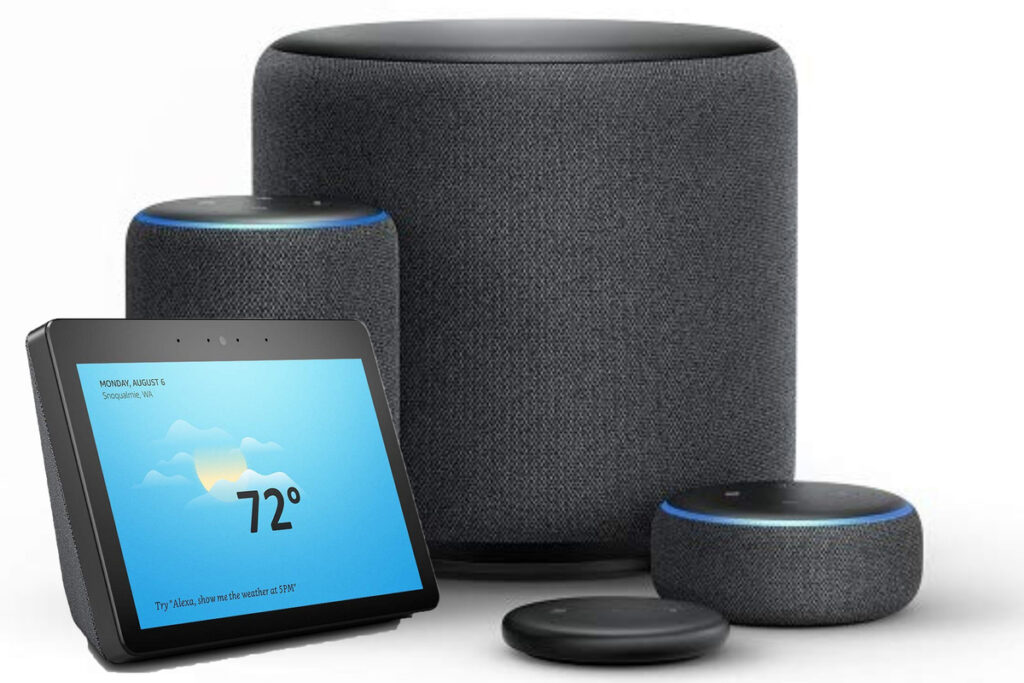
Echo uses ‘Alexa’ as its virtual assistant and works on ‘Amazon Web Services’ and ‘Alexa Voice Services’ for its voice commands and interactions. Echo can play music from the owner’s Amazon Music accounts and has built-in support for other streaming music services like Apple Music, iHeartRadio, Pandora, Sirius XM, and Spotify among others, and has support for IFTTT and Nest thermostats. Amazon released 8 designs of Alexas, as of 6th August, 2020.
Echo can also play music from non-compatible music streaming services such as Google Play Music from a phone or tablet via Bluetooth. Echo maintains voice-controlled alarms, timers, shopping and to-do lists and can access Wikipedia articles. Echo will respond to questions about items in one’s Google Calendar. It also integrates with Yonomi, Philips Hue, Belkin Wemo, SmartThings, Insteon, and Wink.
Alexa as well broadens its usability and understandability by learning skills with the Alexa Skills Kit. It accords third party developers to fetch in new skills for Alexa. The smart display speakers now allow for making Skype calls, besides cellular calls.
Detriment Concerns
The drawbacks enlist the privacy and security issues of the users, prone to misleading. The speakers record the speech data of its end users continually, which raise privacy concerns at times.
Like any technology having loopholes of hacking, smart speakers too are susceptible to the ensnaring activities. Researches experimented and revealed that lasers pointers could apparently trick the speakers into following voice commands to open doors or make purchases even from hundreds of feet away. They were able to hijack smart speakers 230 to 350 feet away by focusing lasers using a telephoto lens. In fact, the Google Home they tricked into opening a garage door was inside a room in another building. The laser modulation they beamed at its microphone port through the window is equivalent to the voice command “OK Google, open the garage door.”
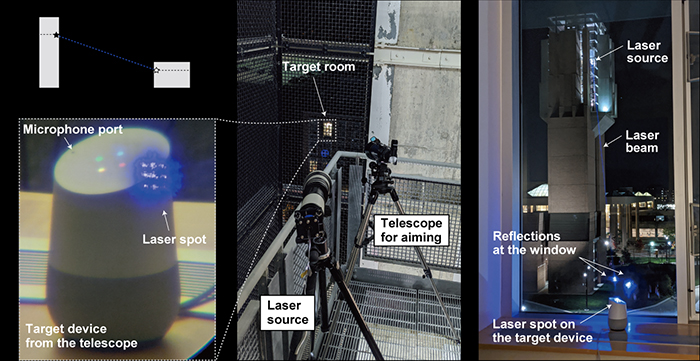
Epilogue
Smart speakers though having negative leaks, accounting to its usability and embellishing functioning, is fast sold across the world. Comparing the brand’s product mentioned in the article, Google Nest is set to behave optimally to Amazon Echo, says David Pierce of Wired. He claims that Echo is less impressive, but more reliable; while, Nest is richer, brighter and more dynamic than Echo. Ron Amadeo of Ars Technica praises Google Nest as absolutely incredible.
Resemblance of functioning of the Echo & Home, it incites that Home has high accuracy of the voice commands and controls to its rivals. However, Alexa has its advantage of numerous features. It’s a cyclic battle.
References:
